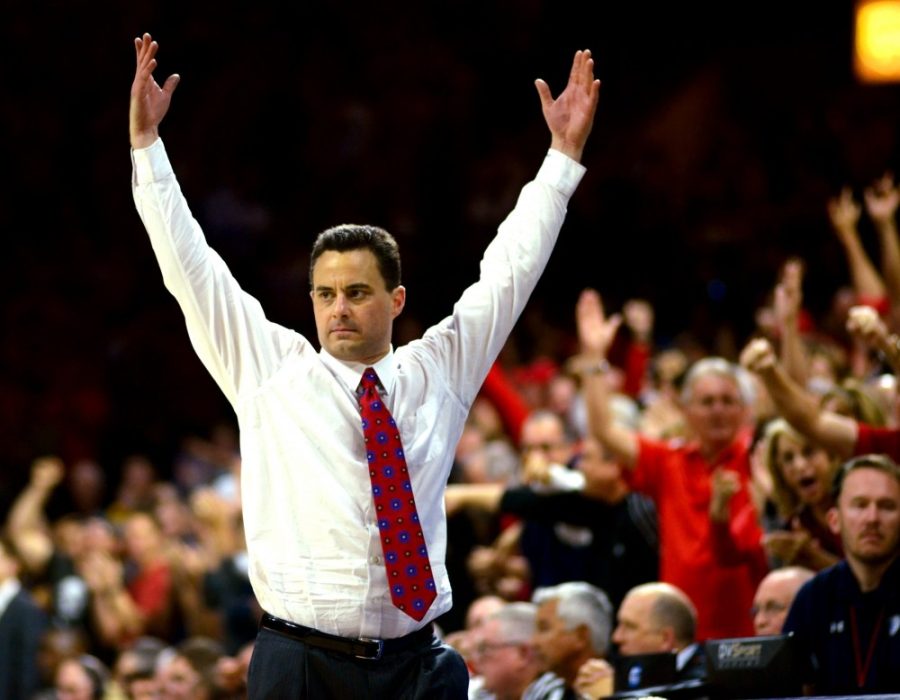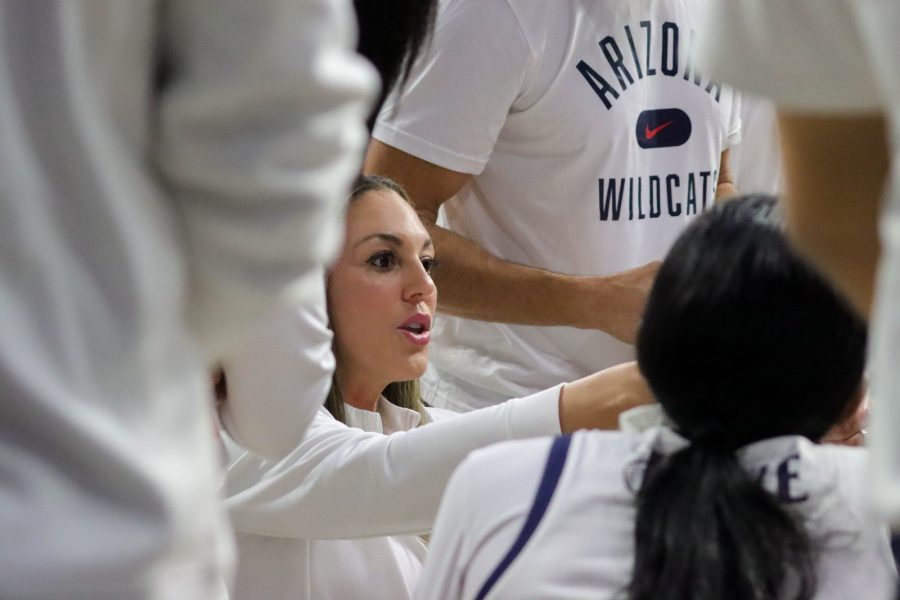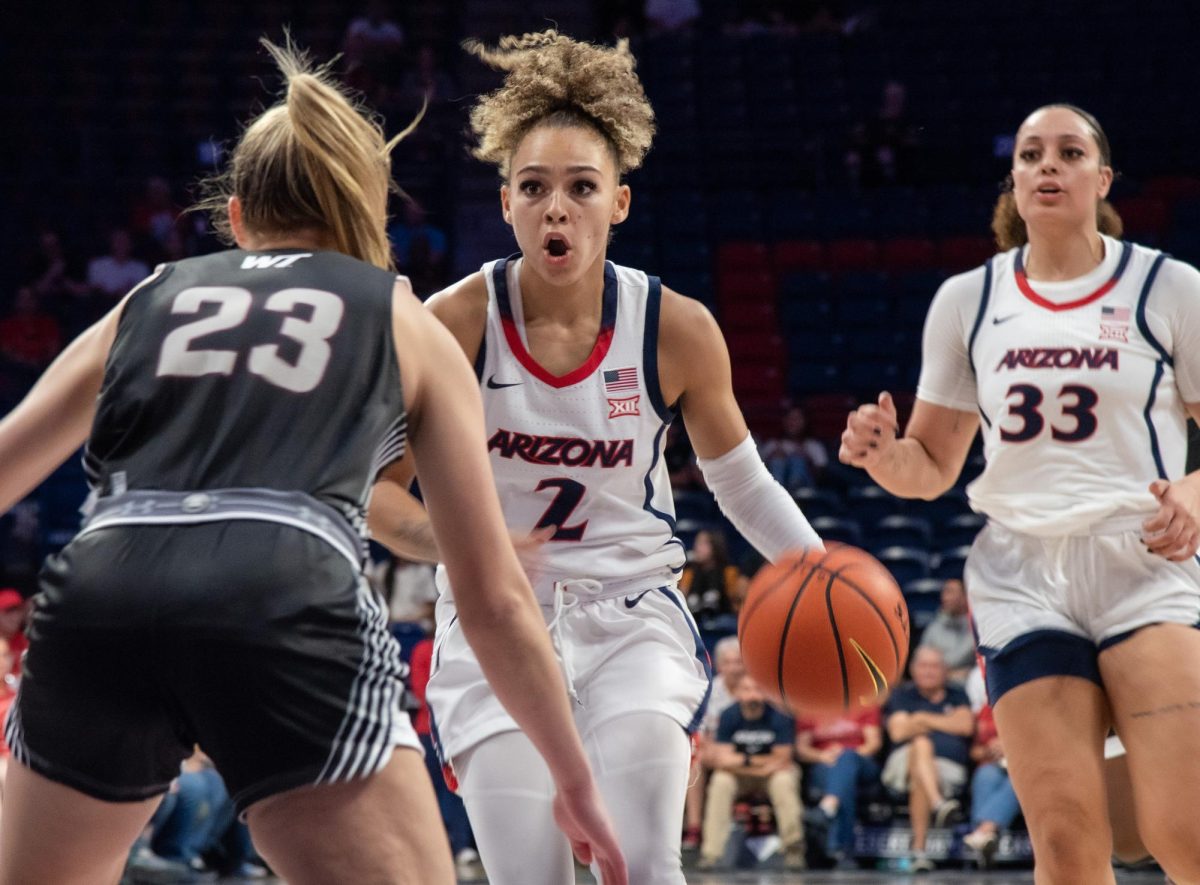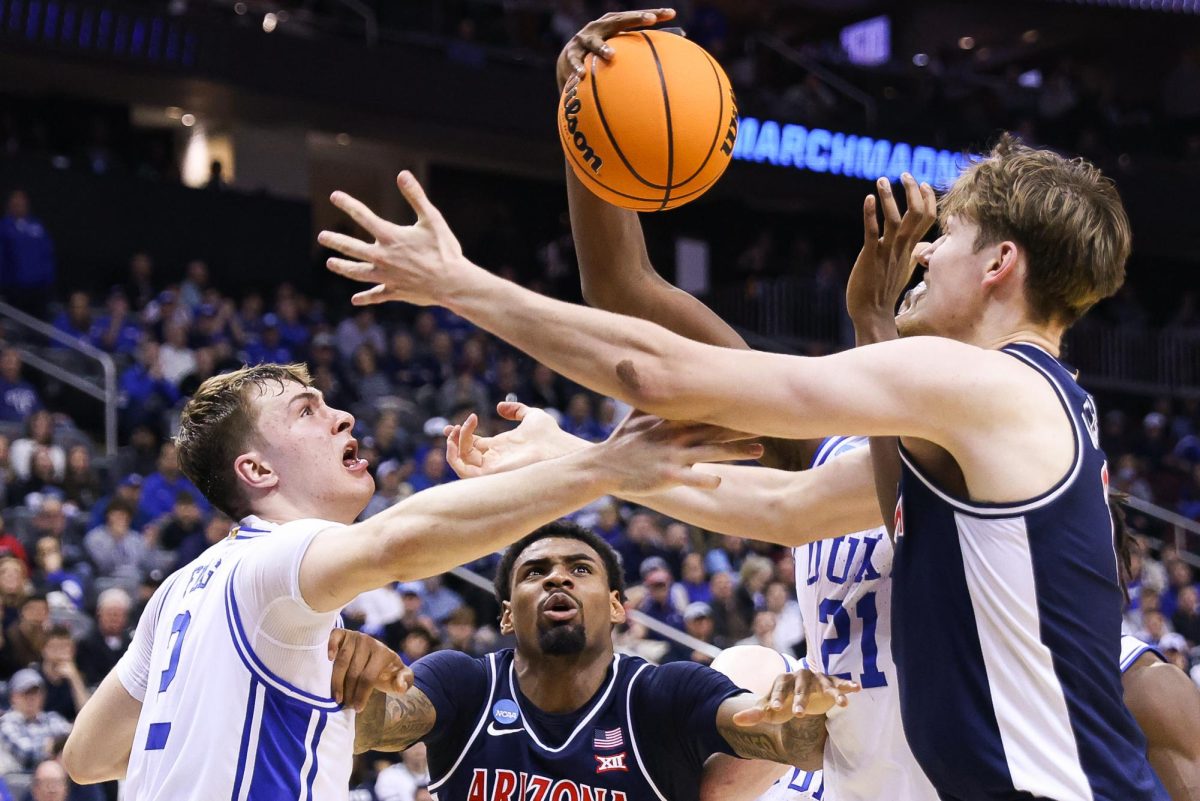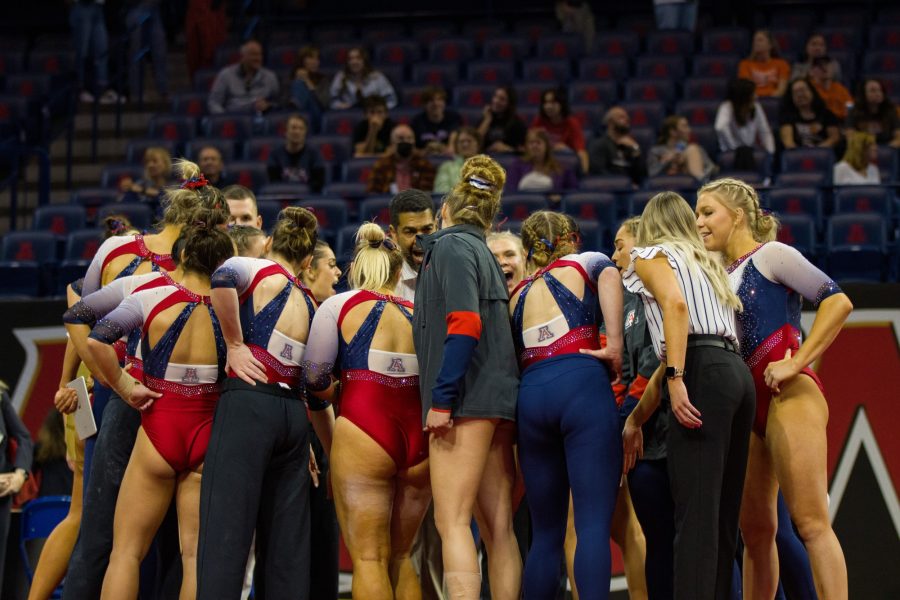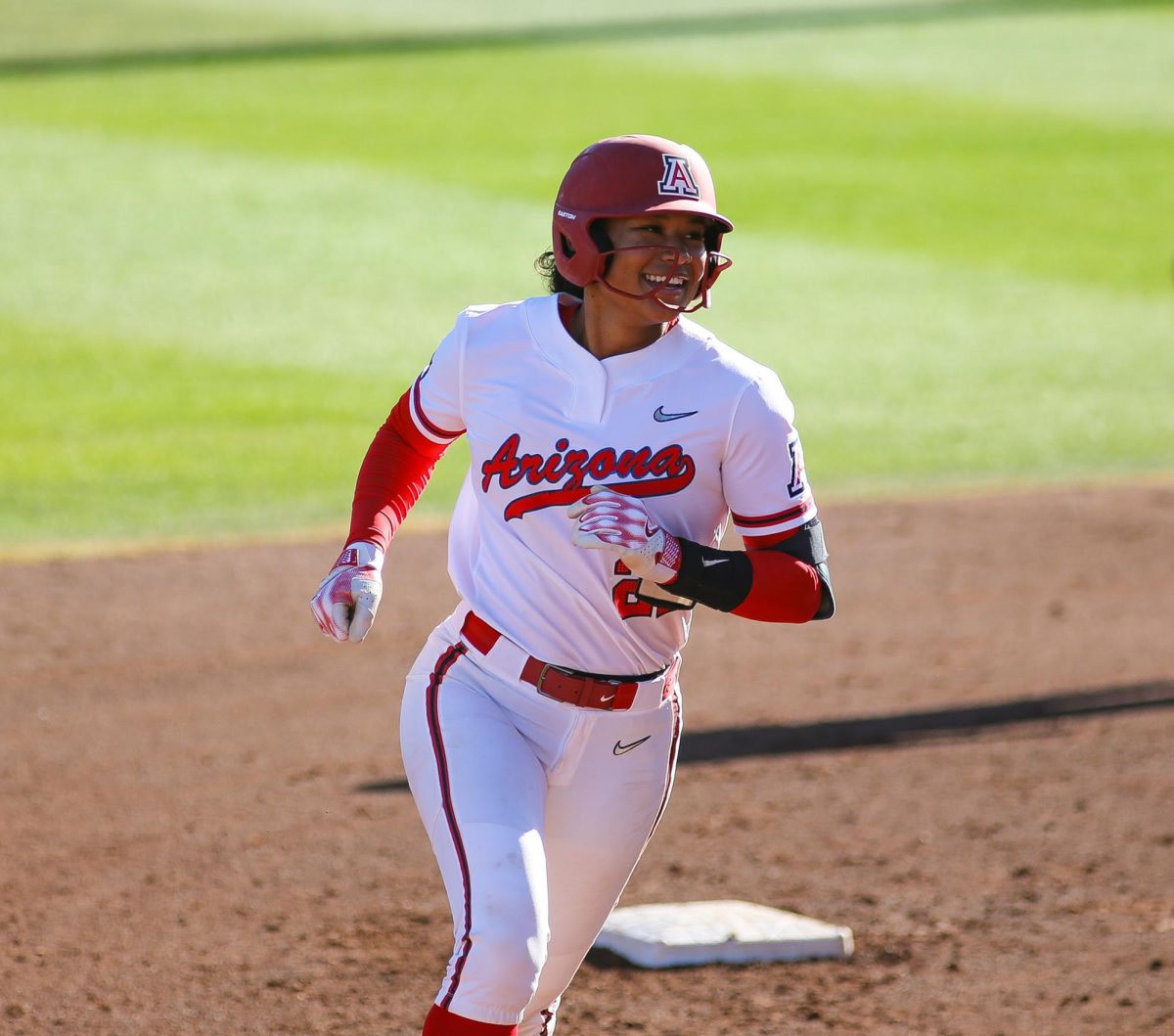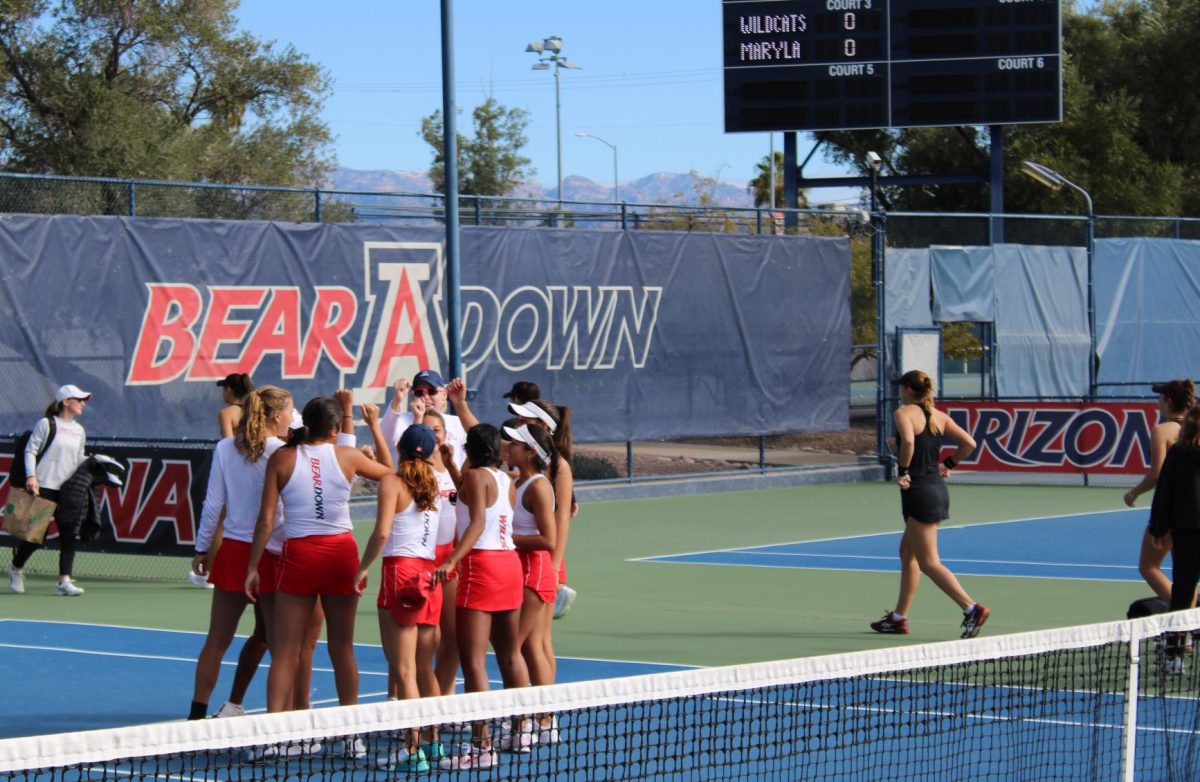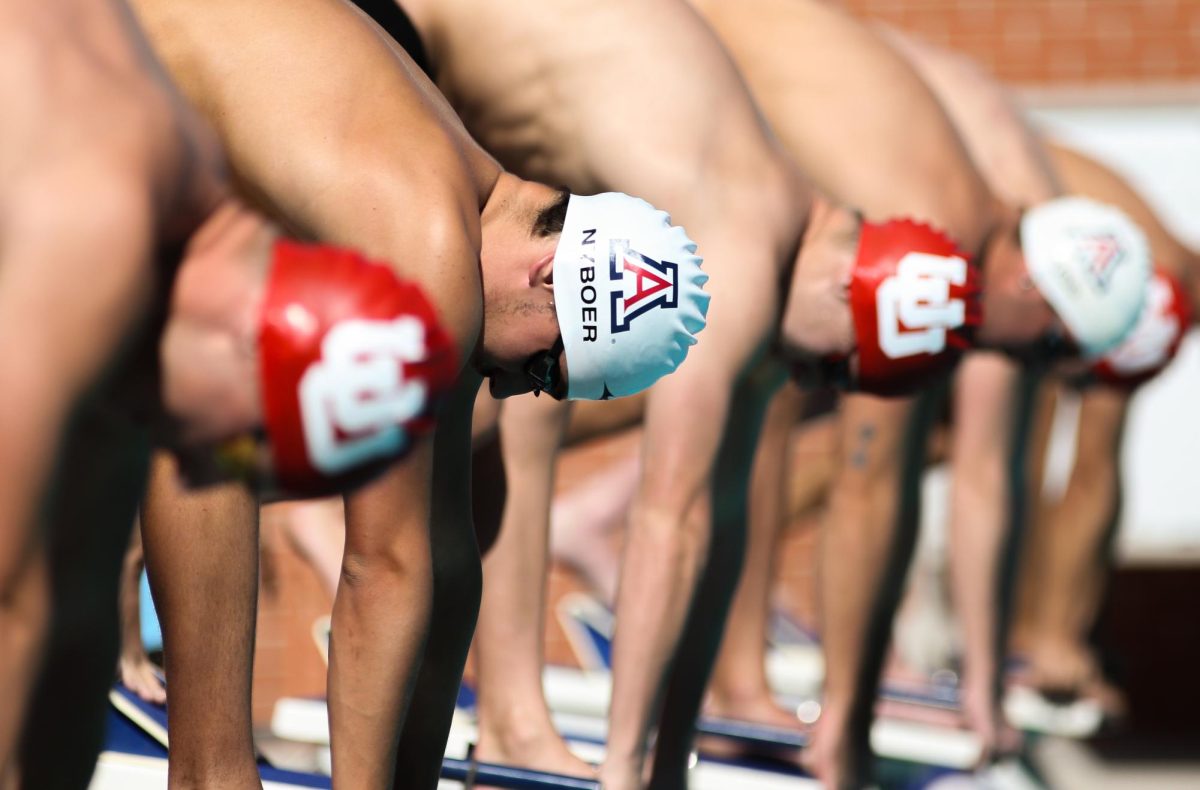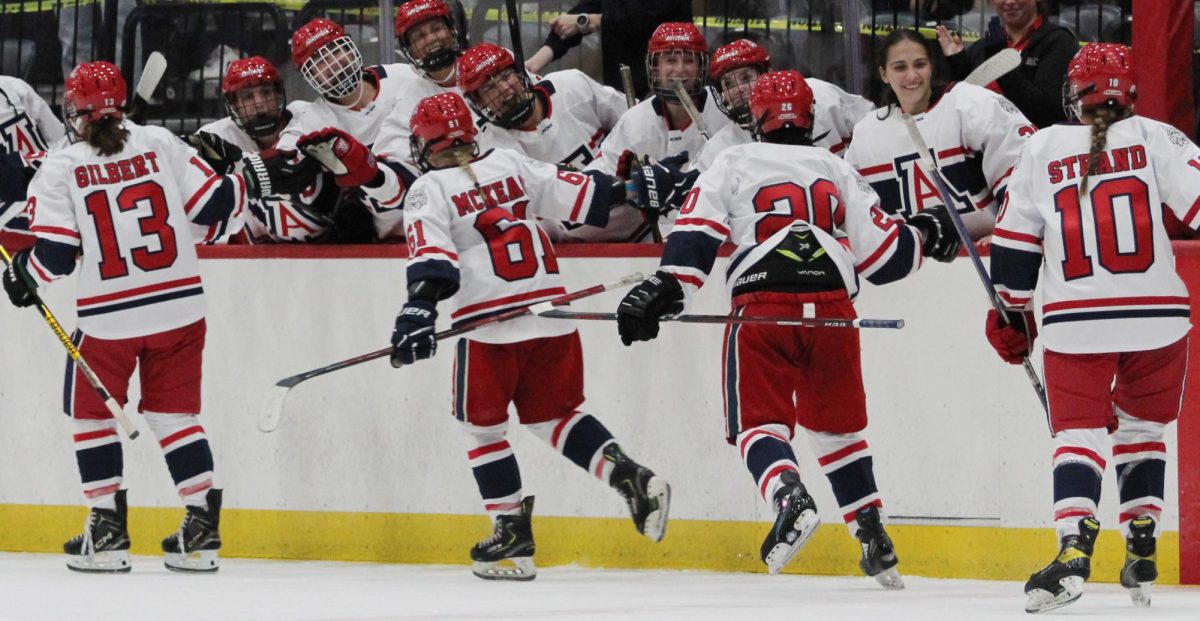In some dark alternate timeline of reality, Tim Floyd coaches the UA men’s basketball team. Thankfully such a nightmare belongs firmly entrenched in the imagination, thanks to Floyd’s fateful decision to turn down the job offered by Jim Livengood. Livengood’s attention turned to young Xavier coach Miller and now three Elite Eights, three Pac-12 championships and five first-round NBA draft picks later here we are. Sean Miller is Arizona basketball.
Now in his eighth year at the helm, Miller has elevated the program back up to elite status from the dire circumstances he inherited upon taking the job. Some aspects of Miller’s team are constants like a gritty pack-line defense, motion-based offense and a whole lot of yelling from the sideline. The same descriptors get tossed around when it comes to Miller teams: toughness, intensity, grit and heart. Those are all fine and dandy, but quantifying “toughness” proves difficult. Luckily in the age of sports analytics, the data can speak for itself. Stats from KenPom, Hoop-Math and Sports Reference were compiled and analyzed to tell the data-driven tale of the Miller Era (so far).
This data paints a picture of Miller-led teams, one that vindicates some common viewpoints while disproving others. For instance, at the start of his tenure many pointed to Miller’s “uptempo” style of offense as an attractive selling point to recruits. While this may have been true earlier on in 2010 and 2011, since then Miller’s teams have played within a possession or two of the average tempo of division I teams. Miller’s teams don’t play slow—a potential bane and bore to five-star recruits and fans alike—but they certainly aren’t winning games in a track meet.
While many would expect the experience of a team to rise as a coach sticks around, so far this has not proved true over the last seven years under Miller. Measuring experience as the weighted minutes played by years of experience (i.e. Freshman would be zero years of experience, sophomores one, etc.), only once did the experienced Miller’s teams exceed the division I average. Miller inherited a barren cupboard in 2010 but has succeeded without greatly experienced teams. Interestingly enough, two of Miller’s “youngest” teams, 2014 and 2015, proved to be among his best, while his most experienced team, 2016, was considered a disappointment by many.
Some fans criticize Miller for a conservative offense that doesn’t capitalize on the athleticism of his players, but the numbers back up what Miller has done on that end of the court. Part of this frustration no doubt stems from the constant zones the Wildcats face, but that could be attributed to the recent poor shooting of Miller’s teams. In 2013, on the backs of Nick Johnson, Solomon Hill and Kevin Parrom, the Wildcats took nearly a third of their shots from deep, but in recent years poor shooting has dropped that close to one fifth of the team’s offense. If you can’t shoot, expect the zone and its ability to turn half-court offense into molasses.
Despite this, Miller’s teams do have a tendency to look for buckets in a manners that features athleticism. Miller’s teams score in transition at a rate above the division I average and annihilate teams on the boards with their ability to score on putbacks from offensive rebounds. While the half-court offense may not always translate to pretty points, it does get the job done. After all, the calling card of Miller’s teams are tough defense anyway.
The pack line defense powers Miller’s teams and ruins the high-scoring dreams of Wildcat opponents. Miller has yet to coach a bad defensive team. Every squad under his tutelage has held opponents to a below-average effective field goal percentage and posted a better-than-average defensive efficiency. His teams have ranged above average (2010, 2011, 2016) to good (2012 and 2013) to downright amazing (2014 and 2015). It’s no coincidence that Miller’s best defensive teams spent quite a bit of time near the top of the AP poll.
Part of this can be traced back to the philosophy of “No Easy Buckets” popularized by Kevin Parrom all those years ago, or perhaps it’s the secrets of Miller’s instructional DVD on defense. Miller’s defense acts as the inverse of their own offense by denying teams transition buckets and putbacks. UA’s defense under Miller has given up less transition and putback field goal attempts than the division I average. Miller’s teams also give up less shots at the rim and on 3-point attempts, often forcing teams to take the least desirable shot in basketball: a 2-point jumper with time winding down on the clock. Teams playing Arizona have taken roughly 10 percent more 2-point jumpers than average while regularly finding themselves forced into a shot within the last five seconds of the shot clock. A recipe like this makes for a defensive juggernaut under Miller.
It doesn’t take a rocket scientist to guess the best teams under Miller, and the 2014 and 2015 featured many similar characters. The teams played their way into the record books with star one-and-done freshmen, Aaron Gordon and Stanley Johnson, Rondae Hollis-Jefferson locking down every opponent’s best player on defense and TJ McConnell, for all intents and purposes Miller’s adopted basketball son, running the point. These teams far and away posted the highest offensive and defensive efficiency of the Miller-era teams. Picking between the two teams is splitting hairs, but 2015 narrowly outpaces 2014 due to its better offense.
Sean Miller has brought Arizona back to the elite level of years past. While his gritty teams certainly have a different style than the legend Lute Olson, the stats back up the coaching ability of Miller. Fans ache for a return to the Final Four and harbor dreams of cutting down the nets and with Miller’s stats those dreams are well on the path to becoming a reality.
Follow Alex Furrier on Twitter.



